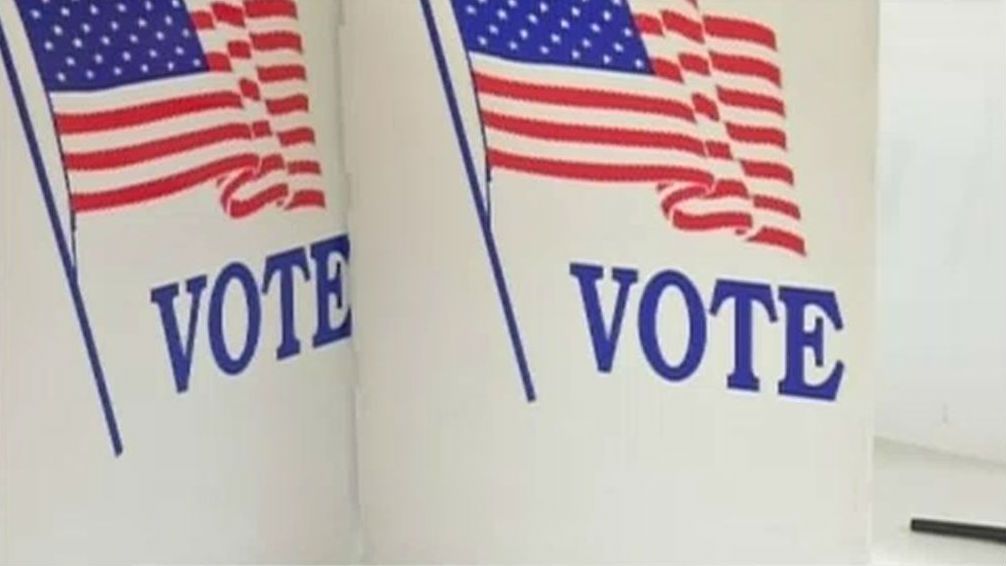Two of Ohio’s 16 congressional districts are currently vacated, which means voters in those districts will decide on who will fill those seats for the next year.
While the general election for the two races is in November, the field of 13 Democrats and two Republicans will be whittled on Tuesday. The top Democrat and Republican in Tuesday’s special election will vie for the open congressional seat in the November general election.
Shortly after earning reelection last November, Marcia Fudge, who represented Ohio’s 11th congressional district, resigned from Congress to become the Biden administration’s new secretary of Housing and Urban Development.
After this November's general election, the winner will fill her seat for the final year of the two-year term. Fudge was the district’s representative from 2008-21.
Any voter who was registered as of July 6 who resides within the 11th congressional district, which includes parts of Summit and Cuyahoga counties.
Ohio has what is known as a partially open primary, which means any voter can participate in the party primary of their choosing. The caveat is that a voter will then be registered as a member of that party.
The last time a special election primary was held in the district, 2008, had a turnout of 3%, according to the Ohio Secretary of State. By comparison, in 2020, Cuyahoga County reported a 70% turnout for the presidential election.
Early voters can cast a ballot in person at the Board of Elections Friday from 8 a.m. to 7 p.m., Saturday from 8 a.m. to 4 p.m., Sunday from 1-5 p.m. and Monday from 8 a.m. to 2 p.m. Voting precincts are open on Tuesday from 6:30 a.m. to 7:30 p.m.
Voters are required to produce some form of identification, whether it is a state-issued driver’s license or I.D., utility bill, paycheck or bank statement.
To find your voting location and additional details about Tuesday’s election, tap here.
Thirteen candidates appear on the ballot, but two have drawn the most attention according to polling and fundraising. Former State Sen. Nina Turner and current County Council Rep. Shontel Brown have been leading in the polls. In the latest Mellman Group poll released earlier this month, Turner led Brown 41-36, with 18% of voters saying they’re “undecided” and 5% voting for one of the other candidates. The poll sampled 400 voters in the district and was conducted on behalf of the DMFI PAC, which has given its support to Brown.
According to political spending watchdog group Opensecrets.org, the Turner campaign has raised $3.8 million while Brown has raised $2 million. By comparison, former Ohio State Rep. John E. Barnes is third in fundraising at $18,000, according to Opensecrets.org.
While Turner has attracted endorsements from the progressive wing of the Democratic Party, including Sen. Bernie Sanders who’ll be in Cleveland this weekend to campaign for her, Brown has garnered endorsements from the more established sect of the party, including 2016 standard-bearer Hillary Clinton.
Here is a look at the candidates. Additional information and a full questionnaire of the candidates is available from the Ohio League of Women Voters:
- Martin Alexander - Substitute teacher
- John E. Barnes - Former state representative
- James Jerome Bell - Realtor, consultant
- Shontel Brown - Cuyahoga County Council member
- Seth J. Corey - Pediatric Hematologist-Oncologist at the Cleveland Clinic
- Jeff Johnson - Court administrator - Cleveland Housing Court
- Will Knight, Contractor, wrestling coach
- Pamela M. Pinkley - Author, pastor and apostle community activist
- Isaac Powell - Retired maintenance worker
- Lateek Shabazz - Educator
- Tariq Shabazz - Political candidate
- Shirley Smith - Former state senator
- Nina Turner - Former state senator, former member of Cleveland City Council, current political consultant
Two candidates appear on the ballot and face a steep challenge. No Republican has won the district in over 40 years, and generally Democrats have won with at least 80% of the vote in recent races.
The GOP primary race includes LaVerne Gore, who unsuccessfully ran against Fudge in November. Gore had 19.9% of the vote in November after winning a three-way GOP primary. She is opposed by Felicia Washington Ross, who unsuccessfully ran as a Democrat for the Ohio House of Representatives last year.
According to OpenSecrets.org, Gore has raised the most of any GOP candidate with $11,300 in contributions, which is well below the millions raised by the two leading Democratic candidates.
Here is a look at the candidates. Additional information and a full questionnaire of the candidates is available from the Ohio League of Women Voters:
- LaVerne Gore - Executive director of the Ohio Diversity Coalition
- Felicia Washington Ross - Former candidate for Ohio House of Representatives
